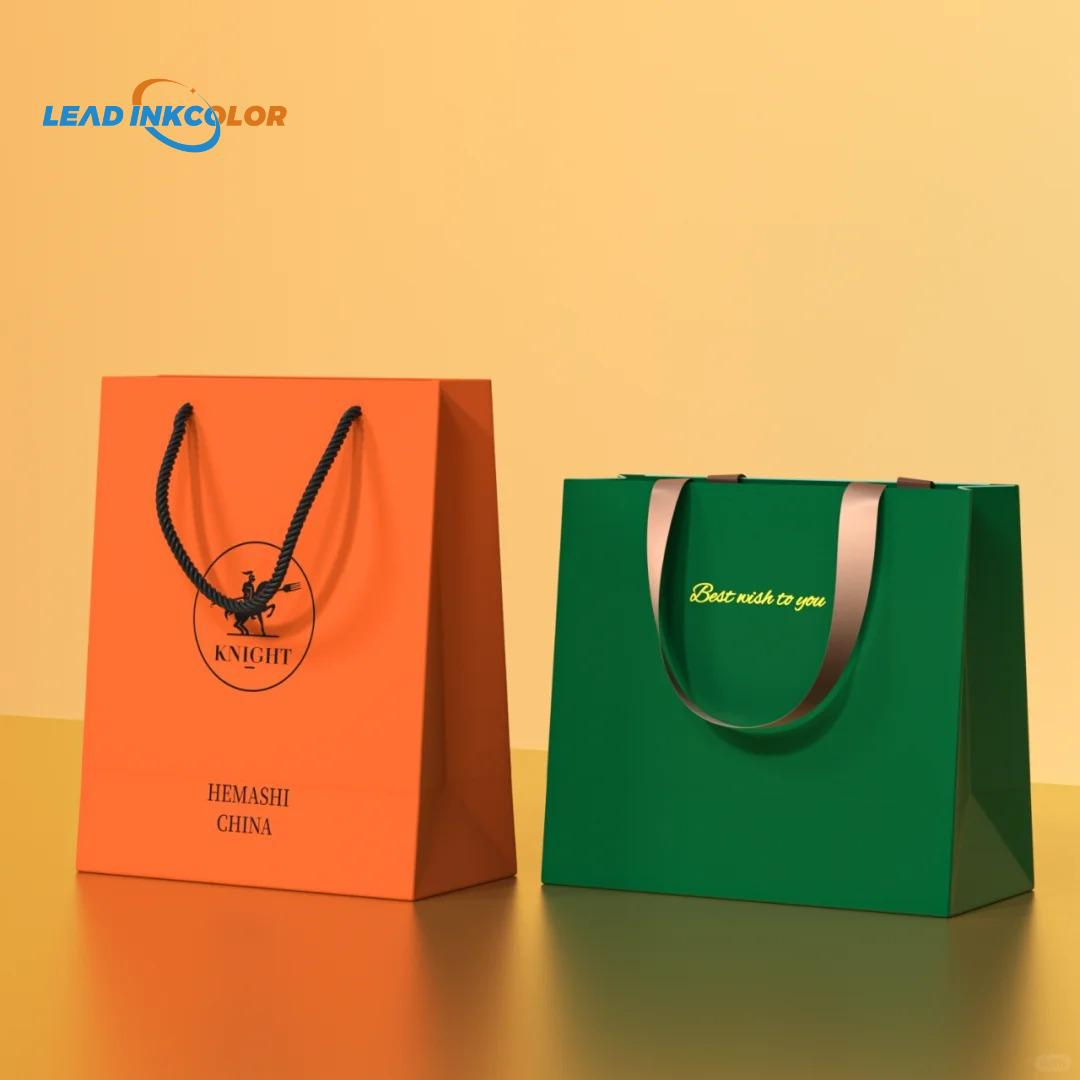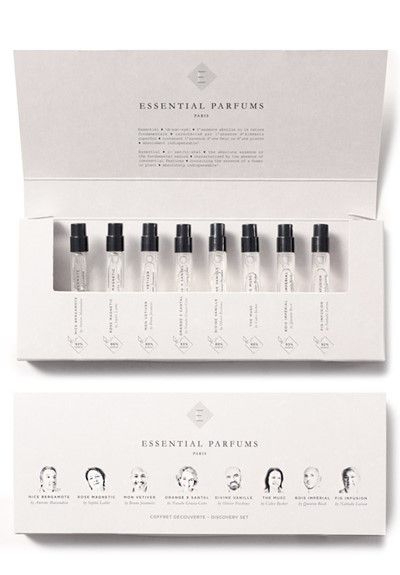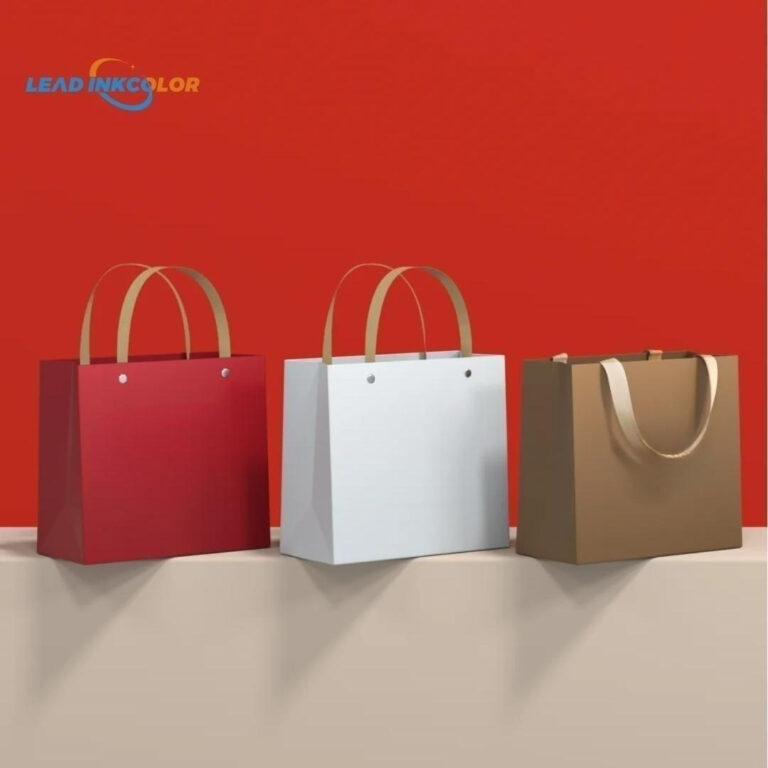The beauty industry is one of the most significant consumers of packaging materials, with the global packaging market for the cosmetics industry projected to reach a value of $17.9 billion by 2025. Perfume, in particular, is a key category within the beauty industry, with the global fragrance market valued at over $35 billion. With the growing awareness of the impact of human activities on the environment, the demand for eco-friendly perfume packaging is on the rise.
In recent years, the perfume industry has come under scrutiny due to the significant amount of waste generated by traditional perfume packaging methods. Plastic bottles, in particular, have been criticized for their contribution to the global plastic problem. It is estimated that over 8 million tons of plastic waste enters the world’s oceans every year, harming marine life and contaminating the food chain. The use of plastic in perfume packaging is a major contributor to this problem, with many perfume brands still using plastic bottles and caps to store and transport their products.
However, there are signs of change within the industry. Many perfume brands are now recognizing the importance of sustainability and are taking steps to reduce their environmental impact. One solution is the use of recyclable and biodegradable materials, such as glass and cardboard, in packaging. These materials can be easily recycled and reused, reducing the amount of waste sent to landfills and minimizing the environmental impact of perfume packaging.
Another trend in eco-friendly perfume packaging is the use of refill systems. Many brands are now offering refill options for their perfume bottles, which can significantly reduce waste and minimize the need for single-use plastic packaging. This approach not only benefits the environment but also benefits the consumer, who can enjoy their favorite perfume without contributing to the growing problem of waste.
In addition to the eco-friendly packaging materials and refill systems, some brands are also exploring alternative packaging formats. For example, some perfume brands are now offering perfume sprays instead of bottles, which can be dispensed directly from the bottle without the need for a separate cap or wand. This type of packaging can reduce waste and minimize the use of plastics.
Despite the growing trend towards eco-friendly perfume packaging, there are still many challenges facing the industry. One major challenge is the lack of standardization in packaging materials and refill systems, which can make it difficult for consumers to participate in the shift towards sustainability. Another challenge is the cost, as eco-friendly packaging materials and refill systems can be more expensive than traditional packaging methods.
Despite these challenges, the importance of eco-friendly perfume packaging cannot be overstated. As consumers become more aware of the impact of their purchasing decisions on the environment, they are demanding more sustainable options from the brands they support. With the growing trend towards sustainability, it is clear that eco-friendly perfume packaging is no longer a niche, but a mainstream concern that will be driven by consumer demand.
Conclusion
In conclusion, the importance of eco-friendly perfume packaging cannot be overstated. As the world’s population continues to grow, the demand for sustainable packaging solutions will only increase. By choosing eco-friendly perfume packaging, consumers can make a significant impact on the environment while also supporting brands that share their values. As the industry continues to evolve, it is clear that a focus on sustainability will be essential for success. By prioritizing eco-friendly perfume packaging, brands can not only reduce their environmental impact but also differentiate themselves in a crowded market and build a loyal customer base.
常見問題
Q: What are the most common eco-friendly packaging materials used in the perfume industry?
A: Some of the most common eco-friendly packaging materials used in the perfume industry include glass, cardboard, and bioplastics made from renewable resources such as corn starch, potato starch, or sugarcane.
Q: How do refill systems work in the perfume industry?
A: Refill systems in the perfume industry typically involve delivering a refill to the consumer, which they can use to top up their existing perfume bottle or replace it if it is empty. This approach reduces waste and the need for single-use plastic packaging.
Q: Are eco-friendly perfume packaging materials more expensive than traditional packaging materials?
A: While some eco-friendly packaging materials can be more expensive than traditional packaging materials, the cost difference is decreasing as the demand for sustainable solutions grows and prices come down.
Q: What can consumers do to support the shift towards eco-friendly perfume packaging?
A: Consumers can support the shift towards eco-friendly perfume packaging by choosing brands that prioritize sustainability, reading labels to understand the packaging materials used, and advocating for more sustainable options in the industry.
Q: What is the future of eco-friendly perfume packaging looking like?
A: The future of eco-friendly perfume packaging looks bright, with many brands and companies investing in sustainable packaging solutions and consumers demanding more eco-friendly options. As the industry continues to evolve, it is likely that eco-friendly perfume packaging will become the norm, with a focus on refill systems, biodegradable materials, and reduced waste.








